A comprehensive analysis on electrical wiring sizes

Electrical wiring sizes play a crucial role in ensuring the safety and efficiency of any electrical installation, whether it is residential, commercial, or industrial. Choosing the right wire size is essential for preventing electrical hazards such as fires, overheating, and electrical shock. This comprehensive analysis will discuss factors that influence the selection of electrical wiring sizes, including wire gauge, ampacity, voltage drop, and insulation type. We will also provide examples to help illustrate the importance of selecting the appropriate wire size for a given application. High Point, NC is a city that showcases various types of electrical installations, making it an ideal location to discuss the importance of proper wire sizing.
Wire gauge is a system that indicates the physical size of a wire, rated with a numerical designation that runs opposite to the diameter of the conductors. The American Wire Gauge (AWG) system measures wire gauge, with common sizes including 16-, 14-, 12-, 10-, 8-, 6-, and 2-gauge wire. The size of the wire dictates how much current can safely pass through it without overheating or causing a fire. Electrical current is measured in amps, and each wire gauge has a maximum safe carrying capacity, or ampacity. For example, a 14-gauge wire can handle up to 15 amps, while a 10-gauge wire can handle up to 30 amps.
Selecting the correct wire size for a circuit depends on various factors, such as the planned load on the circuit, the number of outlets or light fixtures, and the length of the circuit. To calculate the load on a circuit, add up the wattage ratings of all the devices that will be used on that circuit. For instance, if you have a circuit with four 60-watt light bulbs and a 120-watt fan, the total load on that circuit is 360 watts.
To determine the minimum wire size for a circuit, divide the load by the voltage and then multiply by a safety factor of 1.25. This gives the minimum amperage rating for the wire. Choose a wire gauge that can handle at least that amount of current. For example, in the case mentioned earlier, either a 14-gauge or 12-gauge wire would be appropriate.
Voltage drop refers to the decrease in voltage that occurs as electrical current travels through a wire. The longer the wire and the smaller its diameter, the more significant the voltage drop will be. A significant voltage drop can lead to reduced efficiency and potential damage to electrical devices. To minimize voltage drop, choose a wire size that can maintain the required voltage level over the entire length of the circuit. For instance, in installations across High Point, NC, taking voltage drop into account is vital for optimal electrical system performance.
The insulation material used in electrical wiring also influences wire size selection. Different insulation materials have different temperature ratings, affecting the current carrying capacity of the wire. For example, a wire with higher temperature-rated insulation can carry more current without overheating compared to a wire with lower temperature-rated insulation of the same diameter. High Point, NC electricians must consider the insulation type when determining the appropriate wire size for a given installation.
Consider a residential electrical installation in High Point, NC, where a 15-amp circuit is required for lighting and receptacles. To safely accommodate this load, a 14 AWG wire with a current carrying capacity of 15 amps is necessary. If a smaller wire, such as 16 AWG, were used, it could overheat and potentially cause a fire due to its lower current carrying capacity.
In another example, suppose an industrial facility in High Point, NC needs to power a 50-amp
motor located 100 feet away from the main electrical panel. In this case, a 6 AWG wire would be required to minimize voltage drop and ensure the motor receives the appropriate voltage level for efficient operation. Using a smaller wire, such as 8 AWG, might result in excessive voltage drop, leading to poor motor performance and possible damage.
In a commercial building in High Point, NC, a dedicated circuit for a high-powered server might require a 30-amp wire. To ensure the server receives enough power without the risk of overheating, a 10 AWG wire with a higher temperature-rated insulation should be used. This wire size will provide the necessary ampacity while also accounting for potential voltage drop due to the length of the circuit.
Selecting the correct electrical wiring size is crucial for the safety, efficiency, and performance of any electrical installation. By considering factors such as current carrying capacity, voltage drop, and insulation type, electricians in High Point, NC, and beyond can ensure that their installations are up to code and functioning optimally. Proper wire sizing is not only a matter of meeting industry standards but also of safeguarding property and lives from potential electrical hazards. By understanding and applying these principles, professionals can design and maintain electrical systems that are both safe and efficient.
Selecting SBS-NC, LLC as your go-to electrical service provider is a wise choice that guarantees the security, effectiveness, and dependability of your property's electrical systems. Our team consists of highly qualified, certified, and experienced electricians who are committed to delivering top-notch service and ensuring each project meets the most stringent industry standards. We offer a comprehensive array of services, encompassing installation, maintenance, and repair, so you can have confidence that our team will adeptly tackle any electrical issue you may encounter. Additionally, our dedication to staying current with cutting-edge industry developments allows us to offer innovative, customized solutions designed to meet your unique electrical needs. Call us today!
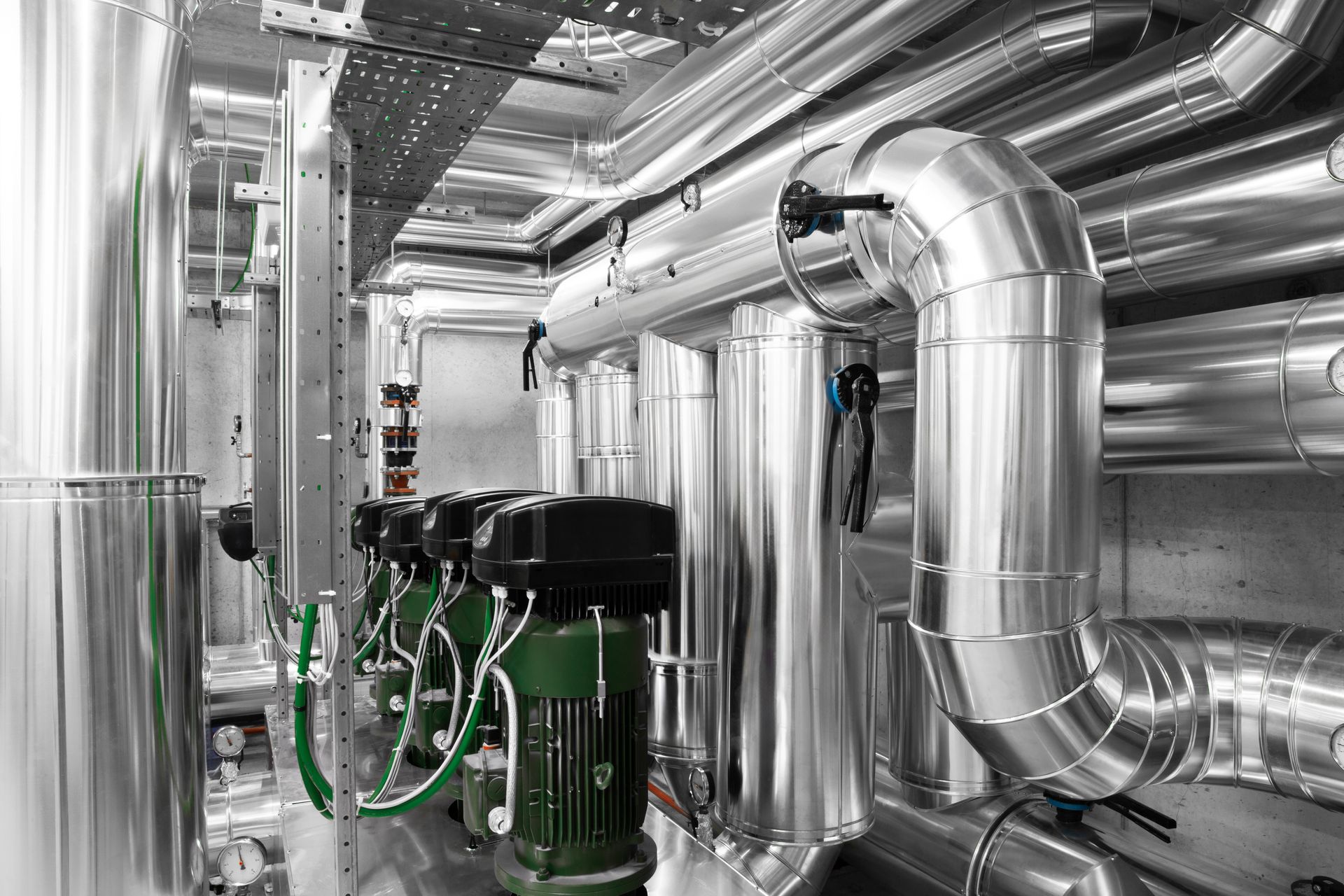

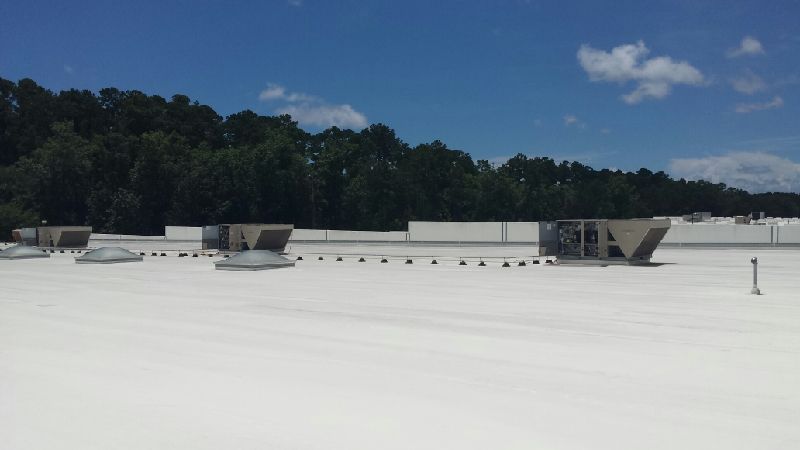



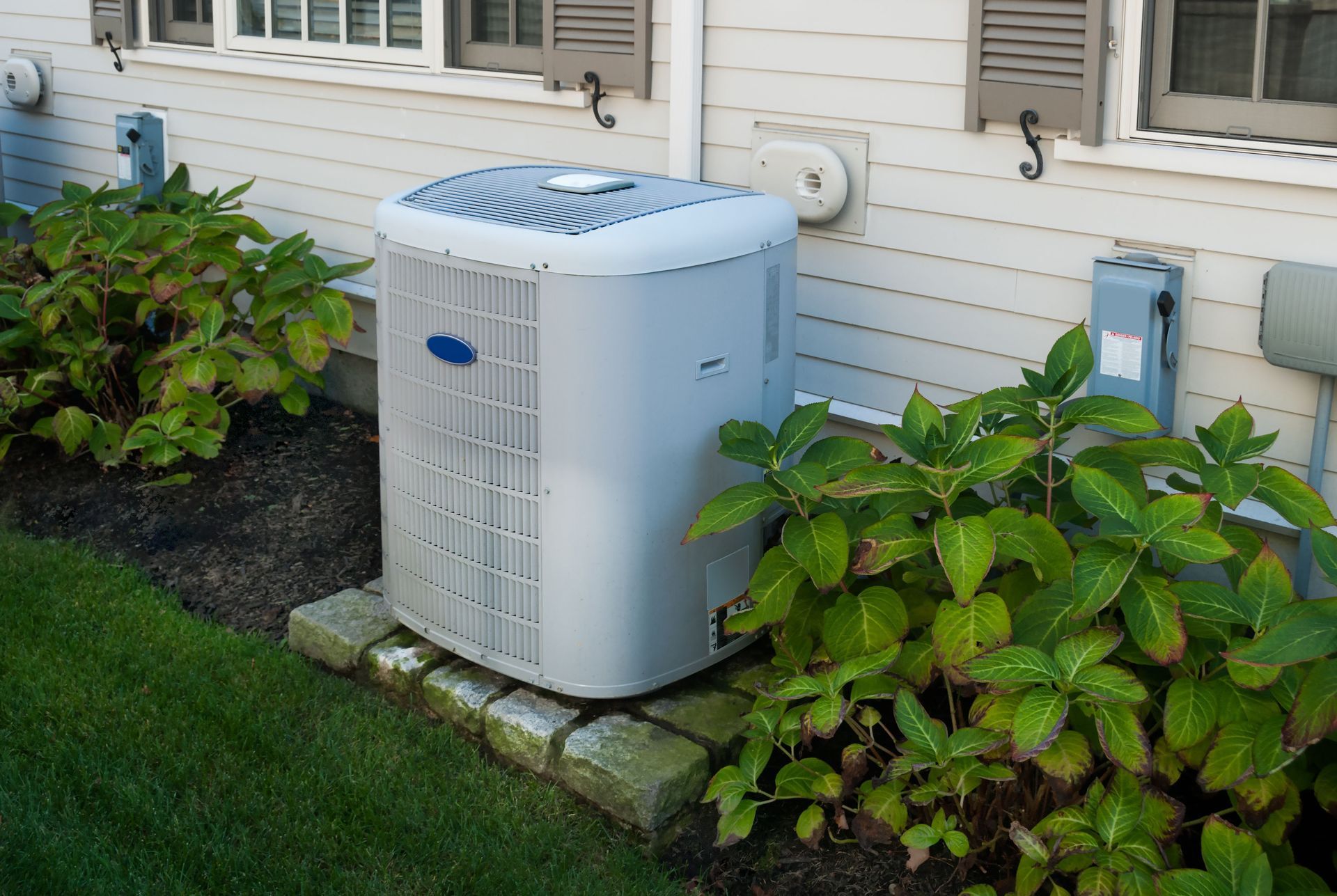
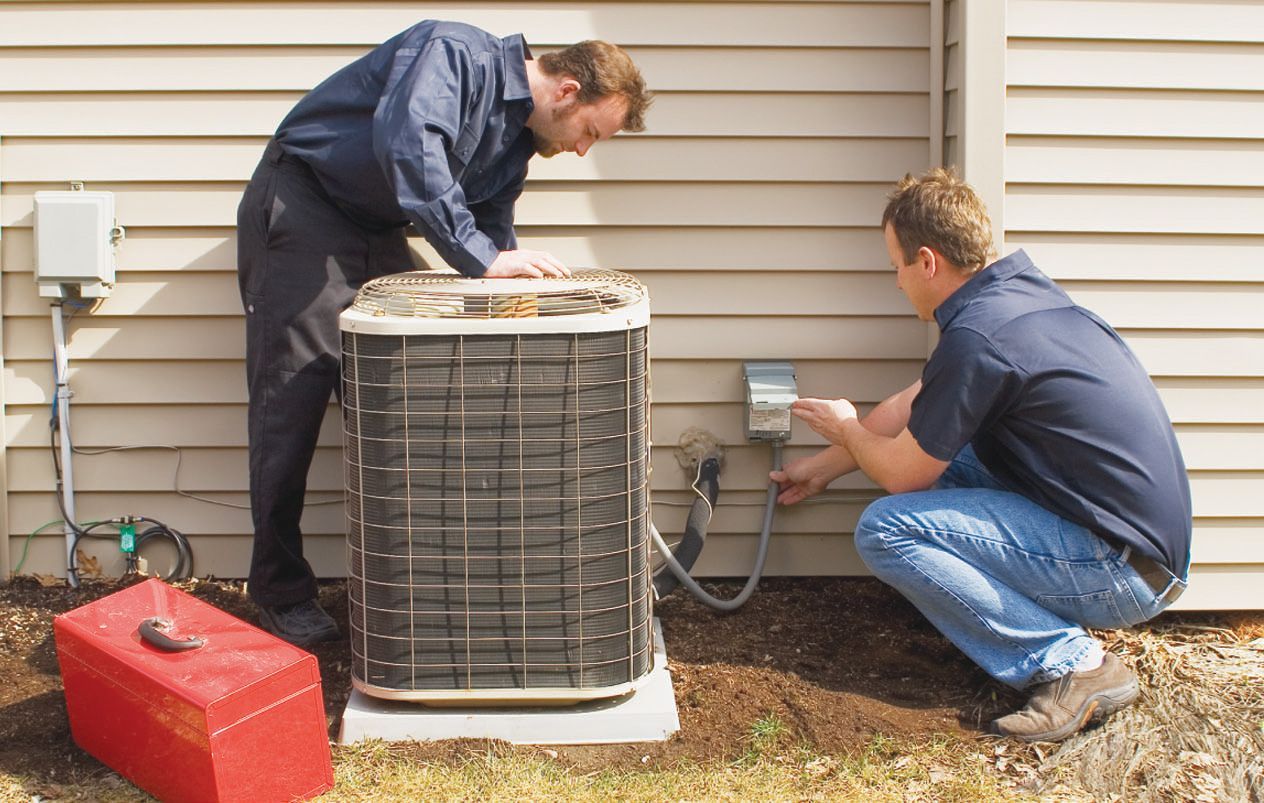
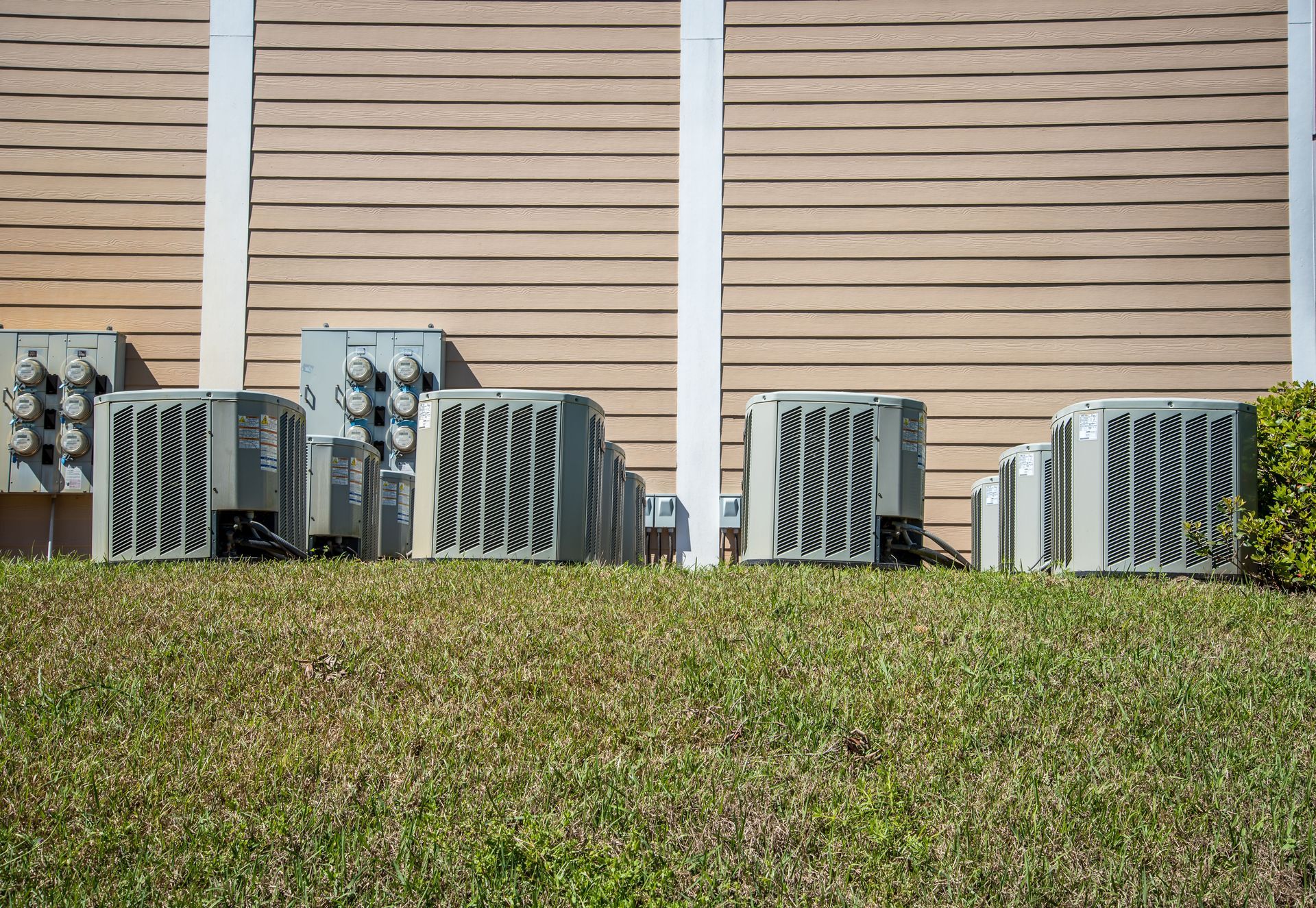
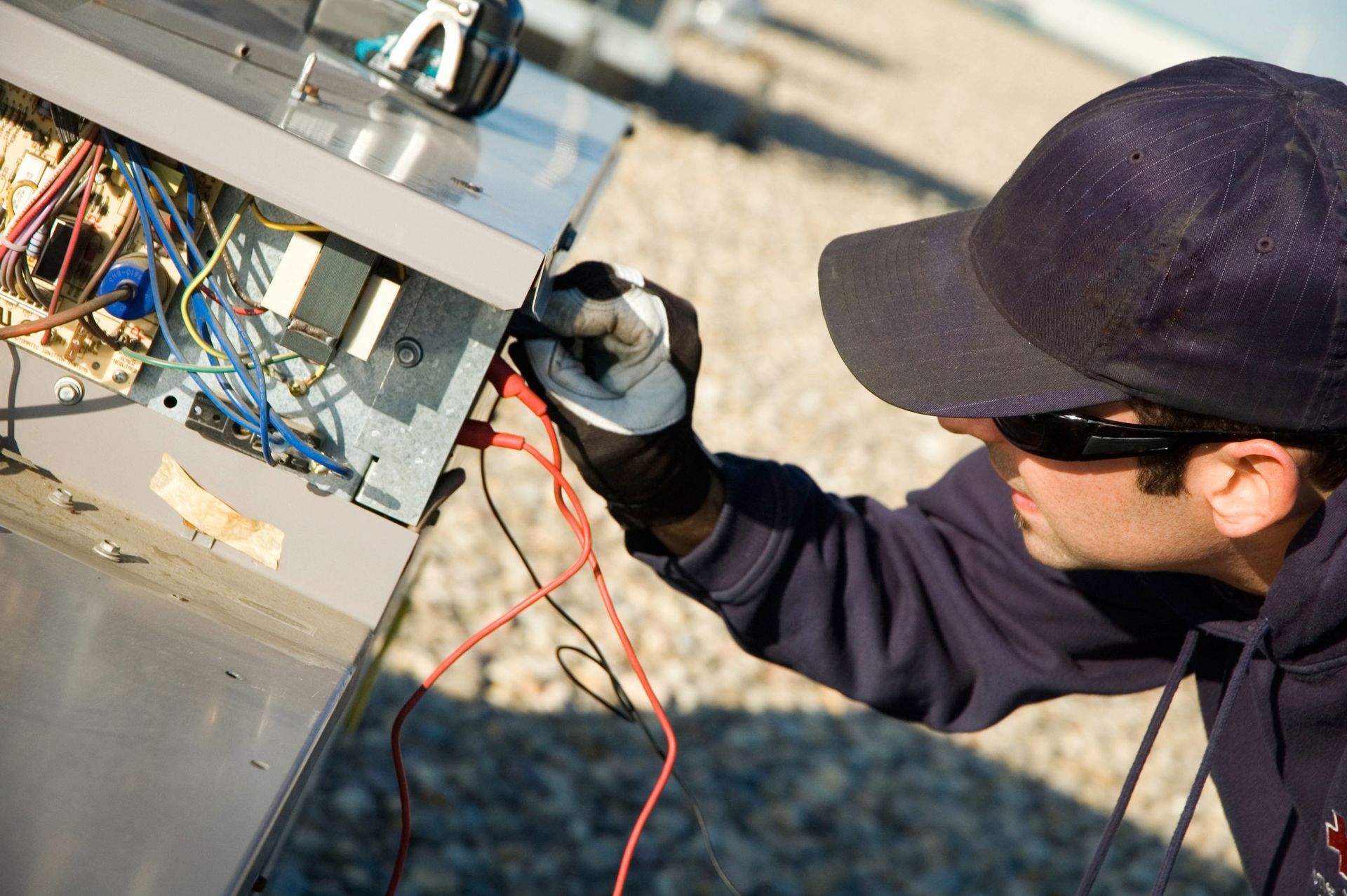
Share On: